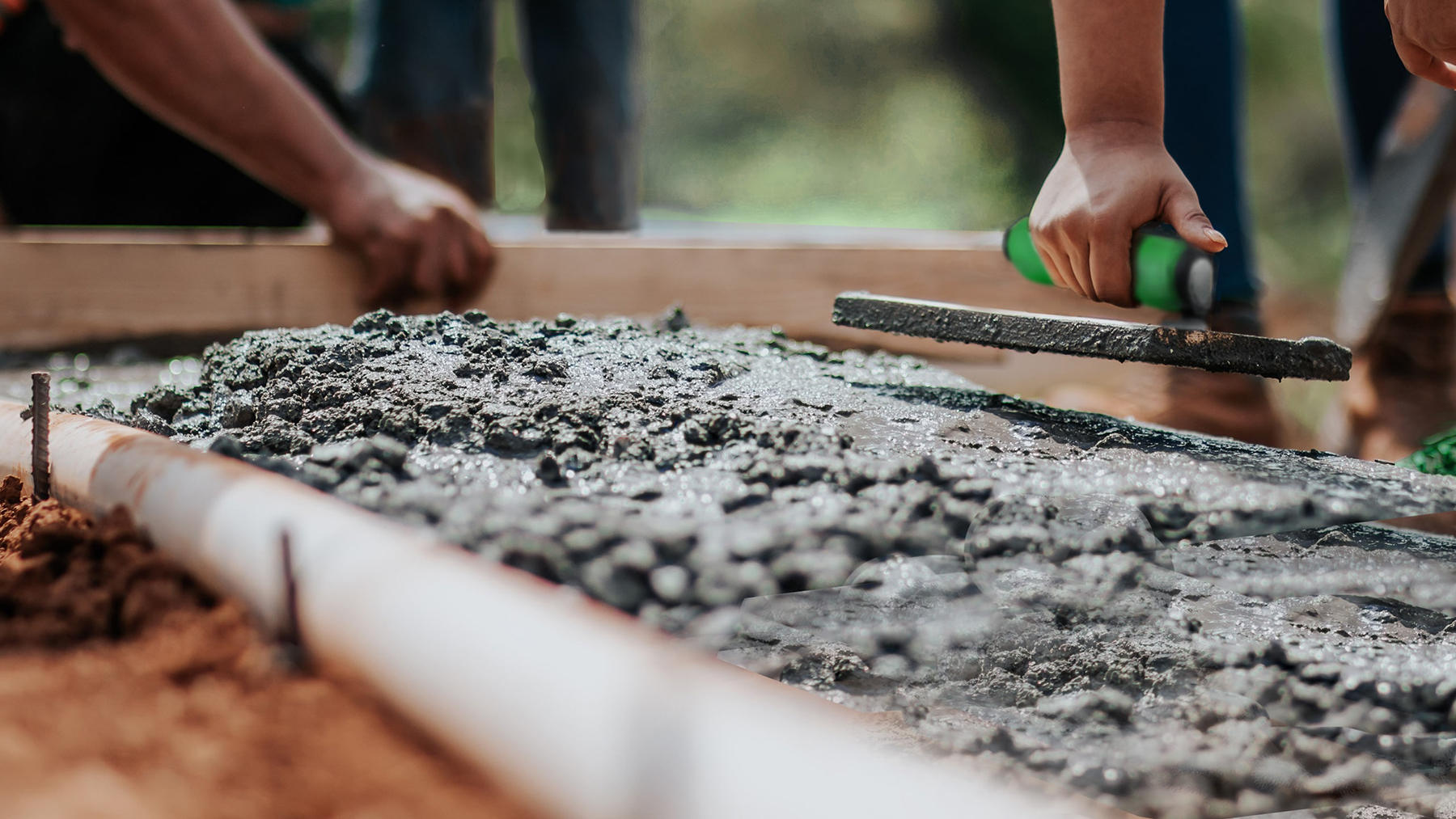
Posted on May 10th, 2023 by hpprocess
As industries globally strive for more sustainable solutions, fly ash, a byproduct of the coal industry, has unexpectedly found itself at the forefront of these initiatives. Once considered a nuisance, coal fly ash is now being hailed for its potential to revolutionize the construction industry and usher in an era of sustainable, cost-effective building practices.
So, what is fly ash, and what makes it so remarkable? Fly ash, the fine powdery residue left after coal is burned in power plants, is packed with silica, alumina, and iron, all of which are also cement constituents. This makes fly ash an ideal substitute for cement, delivering similar, if not better, performance while significantly reducing the environmental footprint.
The Environmental and Economic Benefits of Fly Ash
The benefits of fly ash are multifold, but its greatest advantage lies in its potential to mitigate carbon emissions. Traditional cement production is energy-intensive and releases significant carbon dioxide (CO2) into the atmosphere.
Now, consider how much CO2 we can prevent from entering the atmosphere by using more fly ash instead of cement. The implications are enormous, especially given the urgent need to curb greenhouse gas emissions to combat climate change.
But using fly ash isn’t just about reducing carbon emissions; it’s also about making construction more affordable. As a waste product, fly ash is readily available and less expensive than cement. It also enhances the durability and strength of concrete, leading to potential savings in maintenance and repair costs over time.
Preparing Fly Ash for Use
To harness the full benefits of fly ash, it must be properly processed, which involves drying and conditioning. This is where specialized solutions from Heyl Patterson come into play.
At Heyl Patterson Thermal Processing, our dryers are designed to efficiently dry and classify fine particles, such as fly ash reclaimed from landfills and ponds, to prepare them for use in concrete and other applications. After drying, our de-carbonizers effectively remove any unburnt carbon residuals and other hazardous contaminants that harm humans and the environment.
These dryers are capable of handling large volumes and are integral to scaling up the use of fly ash in construction.
Fly Ash in the Real World
Fly ash has been a key component in concrete construction worldwide for over half a century. Every year, it’s used in millions of tons of cement and concrete in the United States and Europe alone. Its usage is so prevalent that it’s hard to imagine concrete construction without it. Fly ash has been utilized in various major projects, from dams and power stations to highways and residential buildings. The Picasso Tower in Madrid, the Castor and Pollux Towers in Frankfurt, France’s Puylaurent dam, and the Hoover Dam Bypass Bridge in Arizona include fly ash, significantly reducing these projects’ carbon footprints.
The Future of Coal Fly Ash
The future of fly ash looks promising, with growing recognition of its benefits and increasing regulatory support. As more builders, engineers, and architects recognize cost savings and carbon reduction benefits, fly ash will likely become a staple in sustainable construction practices.
Yet, it’s important to remember that maximizing the benefits of fly ash requires reliable, versatile, and energy-efficient processing solutions. At Heyl Patterson Thermal Processing, we’re committed to delivering such solutions, helping industries make the most of this versatile material.
Fly ash holds tremendous potential as an eco-friendly alternative to traditional cement. Its use brings cost benefits and contributes significantly to reducing our carbon footprint. With the right equipment and processes, the full benefits of fly ash can be harnessed, propelling us toward a greener, more sustainable future.
Reach out to learn more or get a quote today.










